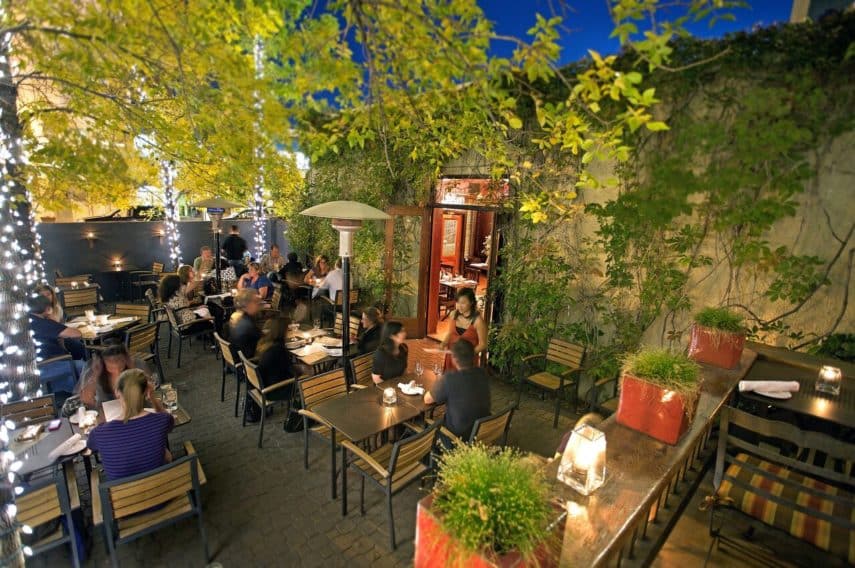
In order to aid restaurants to maximise the dining space, the City of Calgary will give temporary permission to expand existing patios to public lands.
The documents for the Strategic Meeting of Council stated, “In time for the stage 1 relaunch, Administration is introducing a new process for approvals of temporary patios public lands, as well as additional measures to process applications for those residing on private property.”
“Temporary patios public lands will allow existing food establishments to extend onto adjacent public road right of way by placing tables and chairs outside of their establishments. A temporary permission will be issued at no cost for the temporary patios. Establishments will be required to acknowledge several conditions within the temporary permission including protecting pedestrian accessibility, insurance, and indemnification.”
“For those establishments who operate on private property, or a combination of private and public property, a development permit is required. Associated fees for these permits is subject to Fee Relief as of May 1, and these applications will be streamlined as much as possible.”
The Councillors have approved the proposal and the city will partner with Calgary BIAs to see how effectively sidewalks and parking spaces in front of dining establishing can be converted to outdoor patios.
- Restaurants open for takeout and delivery in Calgary
- What is Open & Closed in Calgary; Calgary Reopening Plan
Alberta’s Guidelines for Restaurants:
The government of Alberta has launched online guidance documents to support businesses during Alberta’s phased relaunch detailing measures to implement during reopening phases. These include:
- Restaurants, cafes, pubs and bars must operate at no more than 50% seating capacity.
- Outdoor patio seating areas must also be at 50% capacity or less.
- Arrange tables and chairs so that a 2-metre distance is maintained between each dining party.
- Aisles should be wide enough to allow room for people to maintain physical distancing. Consider using one-way traffic flow help maintain distancing.
- Physical barriers should be installed where tables cannot be adequately separated. For example,
heighten barriers between adjoined booths. - Businesses should facilitate ways to prevent infection transmission, such as:
o The use of dividers between booths or tables,
o Setting limits on the number of patrons per table, based on size. A maximum number of patrons
sitting together at larger tables should be 6.
o Removing chairs. - Remove table condiments and other frequently touched items (for example, salt and pepper shakers,
ketchup, hot sauce). - Consider keeping the music to a low volume to help customers avoid leaning in to hear each another.
- Control access to the dining area, by asking guests to wait to be seated.
- Ensure that customers have space to maintain physical distancing in waiting areas.
- Encourage table reservations to prevent lineups.
- Where possible, ask guests to wait outside until their table is ready, and use technology to provide
notice that a table is ready. - Encourage guests to wash their hands or use hand sanitizer with at least 60% alcohol content when
entering and leaving. - To maintain awareness, post COVID-19 signage throughout the facility.
- Washroom capacity must allow for distancing between guests. For example, consider closing alternate
urinals. - Thoroughly sanitize each table after customers leave.
- Washroom sanitation and supervision should be enhanced.
- Staff should perform hand hygiene frequently



